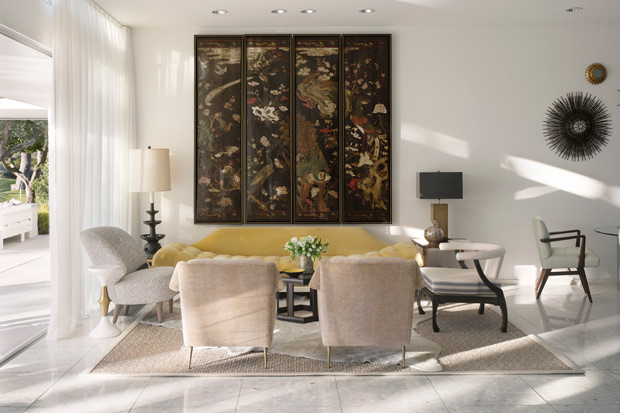Mastering the art of interior design involves combining creativity, aesthetics, and functionality to create beautiful and harmonious living spaces. Whether you’re decorating your own home or pursuing a career in interior design, here are essential principles and tips to help you excel in this artistic discipline:
1. Understand the Fundamentals
Start by understanding the fundamental principles of interior design, including balance, proportion, harmony, rhythm, and emphasis. These principles guide your design decisions and create visually pleasing and balanced spaces.
2. Identify Your Style
Developing your unique design style is essential. Explore different design styles, such as modern, contemporary, traditional, minimalist, or eclectic, and identify what resonates with you the most. Your style will define the overall look and feel of your designs.
3. Consider Functionality
Interior design is not just about aesthetics; it should also prioritize functionality and practicality. Understand how the space will be used and design accordingly to meet the needs and lifestyle of the occupants.
4. Create a Focal Point
A focal point draws attention and serves as the centerpiece of a room. It could be a striking artwork, a statement piece of furniture, or an architectural element. Design the rest of the room around this focal point to create a cohesive design.
5. Balance Colors and Textures
Choose a color palette that complements the overall theme and mood of the space. Balance different colors and textures to add depth and interest to the design. Use patterns and textures to create visual variety.
6. Pay Attention to Lighting
Lighting plays a crucial role in interior design. Combine natural and artificial lighting to enhance the ambiance and functionality of the space. Use a mix of lighting fixtures, such as overhead lights, floor lamps, and task lighting, to create a well-lit and inviting environment.
7. Utilize Space and Scale
Effectively utilize the available space and consider the scale of furniture and decor. Properly sized furniture ensures comfort and functionality without overwhelming or crowding the space.
8. Incorporate Personal Touches
Add personal touches and meaningful elements that reflect the personality and interests of the occupants. This personalization adds character and uniqueness to the design.
9. Create Visual Flow
Design spaces with a sense of continuity and flow. Ensure that elements smoothly transition from one area to another, creating a cohesive and visually connected environment.
10. Stay Updated and Inspired
Continuously seek inspiration from various sources, such as design magazines, blogs, social media platforms, and art exhibits. Stay updated with the latest trends, materials, and innovations in interior design.
11. Practice and Experiment
Practice is key to mastering any art form, including interior design. Experiment with different layouts, color schemes, and furniture arrangements to develop your skills and creativity.
12. Collaborate and Seek Feedback
Collaborate with clients, colleagues, or friends to gain different perspectives and ideas. Be open to feedback and use it as an opportunity to improve and refine your designs.
Remember that interior design is a continuous journey of learning and growth. With dedication, creativity, and a passion for design, you can master the art of interior design and create inspiring and beautiful living spaces that positively impact the lives of those who inhabit them.




Thanks for sharing.
🌻
🥰
thanks
Good
Thanks.
🌹
Thank for sharing.
thank
ဆန္ဒတွေပြည့်ဝကြပါစေ..
🌹🌹
🌹🌹🌹
Same Aim and go together
Have a good day.
💞💞💞
မဂ်လာပါ